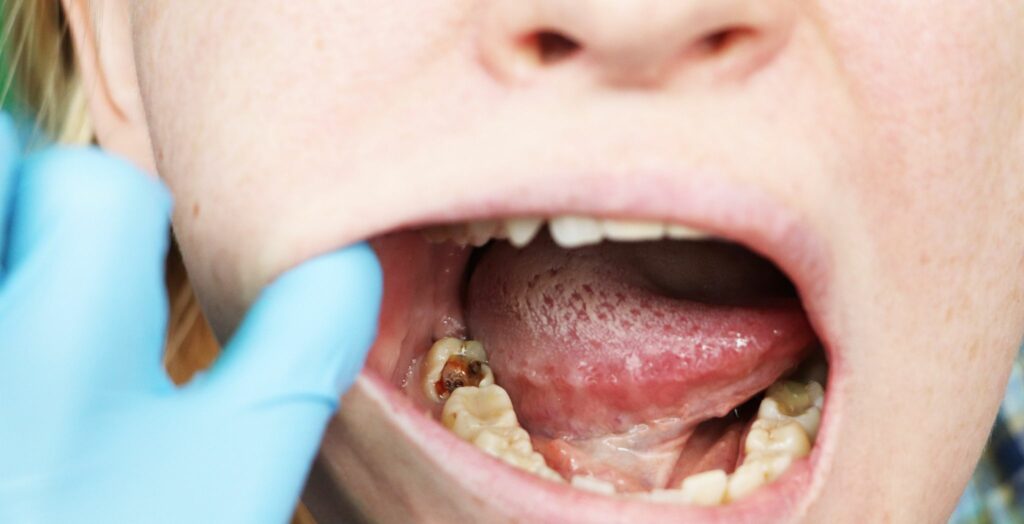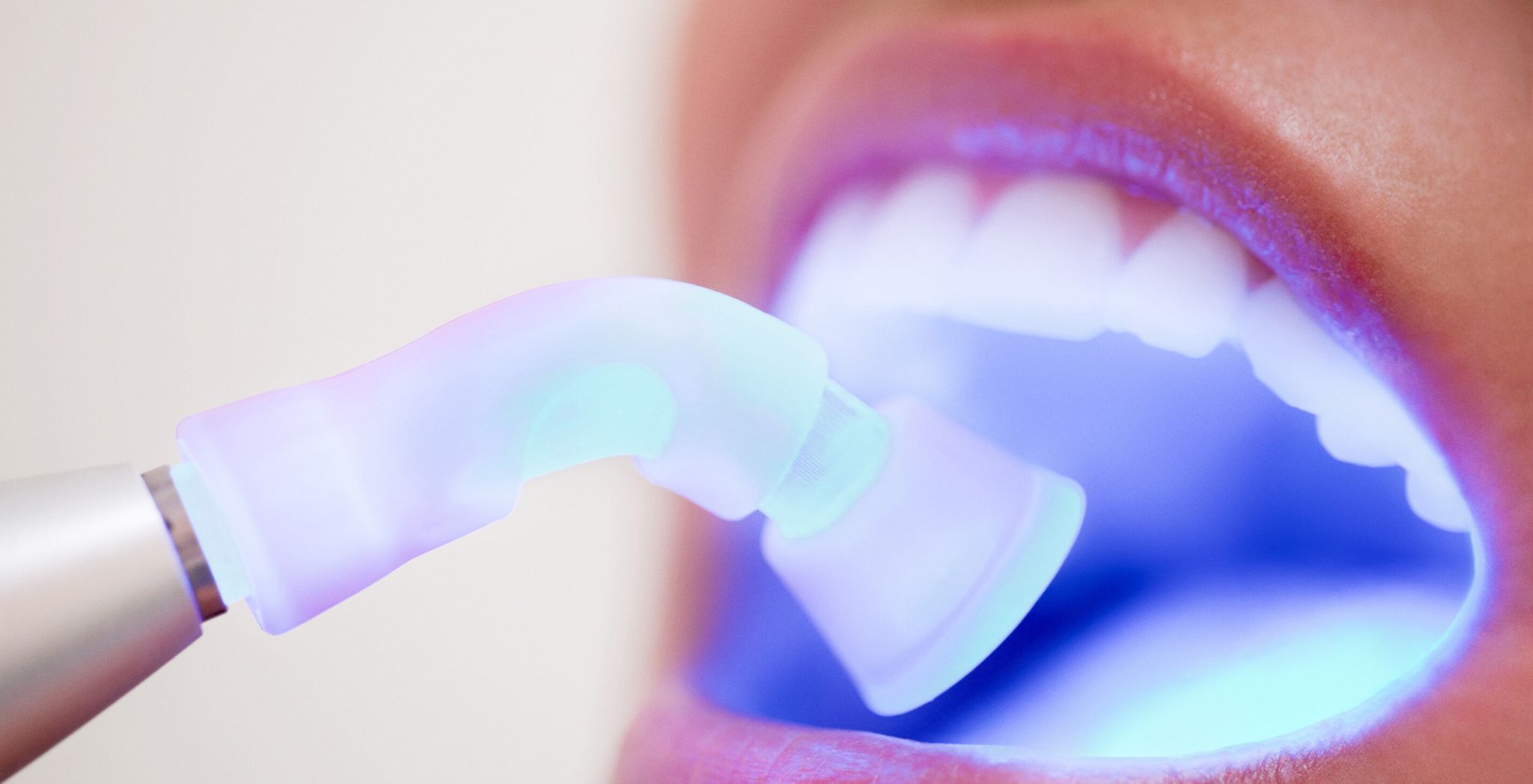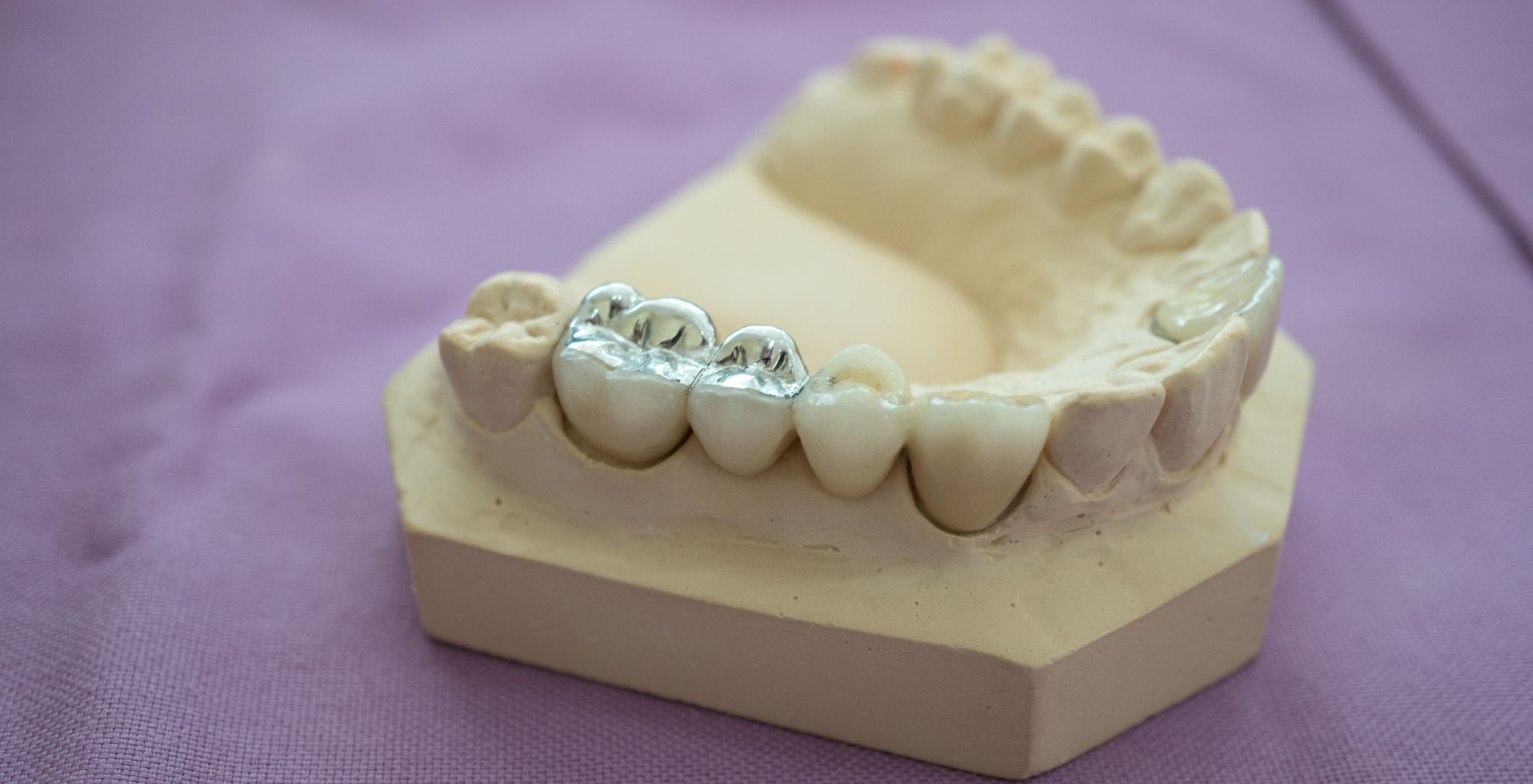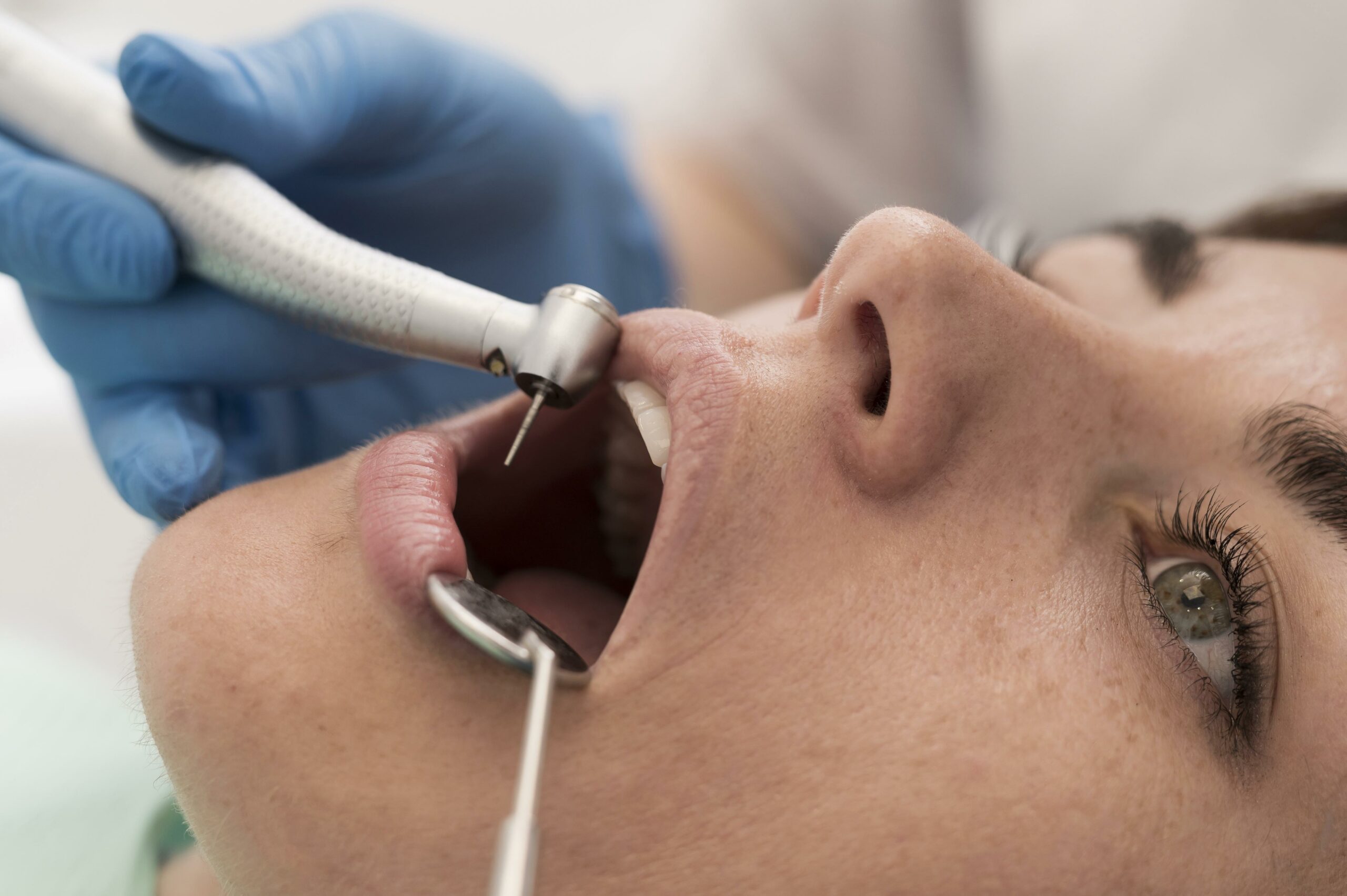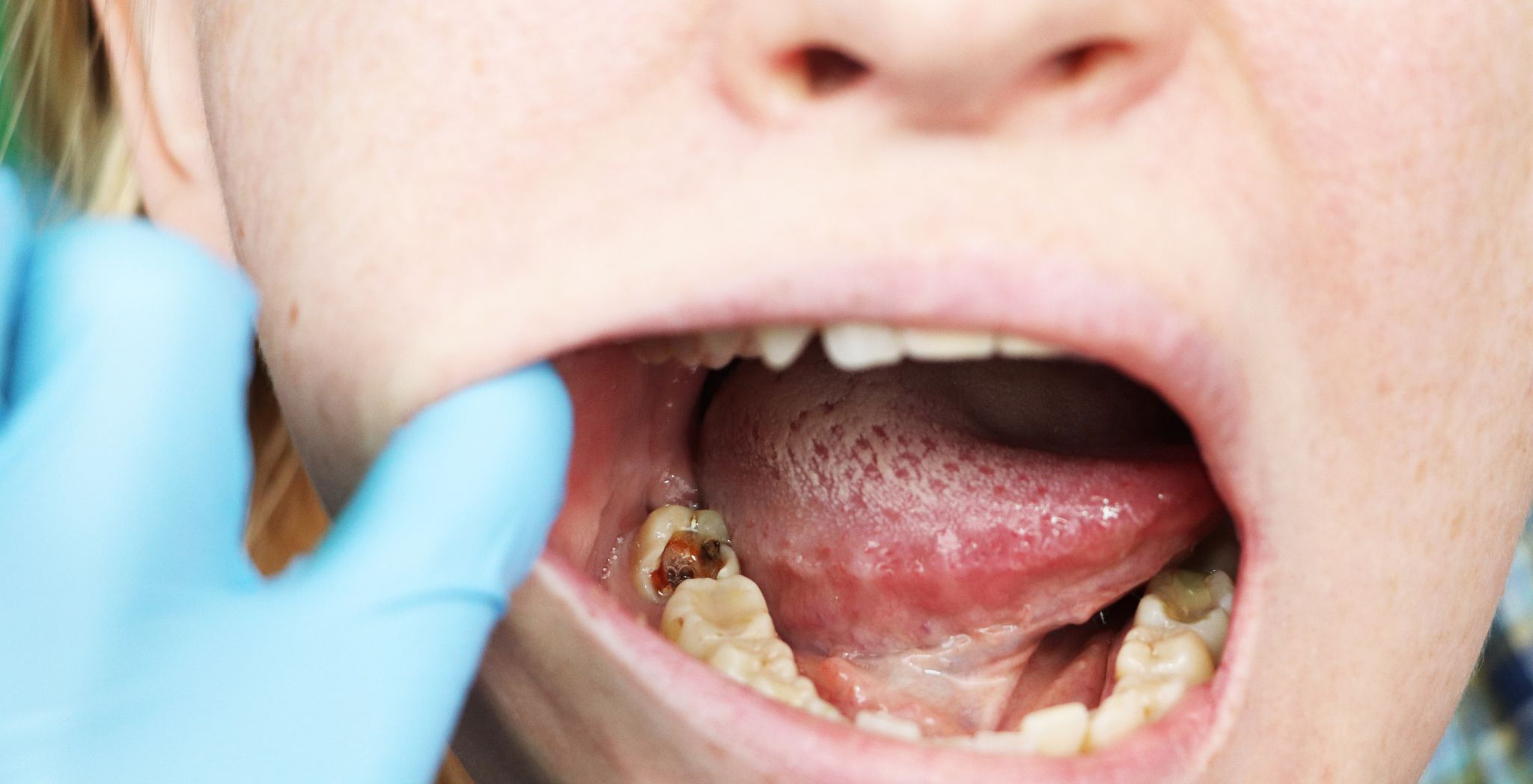We all know that feeling when you bite into something sweet or cold and feel a sharp pang in your tooth. It could be nothing, or it could be the start of a dental cavity. Understanding how cavities form and progress is super important for keeping your smile healthy and avoiding bigger problems down the track.
This blog post will take you on a journey through the five stages of dental cavities, from those tiny, early signs you might not even notice to the more serious advanced decay. We’ll break down what happens at each stage, why it matters, and most importantly, how you can stop them in their tracks!
What Is a Dental Cavity?
First things first, what exactly is a dental cavity? Think of it like a little hole that forms in your tooth. These holes are caused by tooth decay, which is damage to the tooth’s surface.
It all starts with plaque. Plaque is a sticky, clear film of bacteria that’s always forming on your teeth. When you eat and drink, especially sugary or starchy foods, the bacteria in plaque feed on these sugars and produce acids. These acids are the main culprits – they attack your tooth enamel, which is the hard, protective outer layer of your tooth. Over time, these acid attacks can weaken the enamel, creating a small opening that eventually turns into a cavity.
Why Understanding the Stages Matters
You might be thinking, “A hole is a hole, right?” Not exactly! Understanding the different stages of a cavity is a bit like knowing the difference between a small scratch on your car and a major dent. The earlier you catch a cavity, the easier (and usually cheaper!) it is to fix.
If you ignore a cavity, it won’t just magically disappear. Instead, it will get bigger and deeper, moving through the different layers of your tooth. If left completely untreated, this can lead to more pain, more complex treatments, and even the loss of your tooth. So, being aware of these stages empowers you to take action early and keep your teeth healthy for longer.
Stage 1: Demineralisation – The Very Beginning
This is the earliest, almost invisible stage of a cavity. At this point, there’s no actual hole, but things are starting to go wrong.
Think of your tooth enamel like a strong wall made of tiny building blocks called minerals. When those acids from plaque hit your enamel, they start to “wash away” some of these minerals. This process is called demineralisation.
You might not feel anything at this stage and probably won’t see a clear hole. What you might notice, if you look closely, are tiny white or brownish spots on your tooth surface. These spots indicate that the enamel is starting to weaken and lose its mineral content.
The good news is that a cavity can often be reversed at this stage! Your saliva contains minerals that can help “remineralise” your enamel, especially if you’re using fluoride toothpaste. This is why good oral hygiene is so important—it helps your body fight back!
Stage 2: Enamel Decay – A Tiny Hole Appears
If the demineralisation continues and isn’t stopped, the weakening of the enamel will eventually lead to a small hole. This is the official start of a cavity.
At this stage, the acids have created enough damage to break through the surface of the enamel. The white or brownish spots from Stage 1 might become a bit more noticeable, and you might even feel a slight sensitivity when you eat very hot, cold, or sweet foods.
Even though there’s a hole, it’s still relatively small and only affects the outermost layer of your tooth. A dentist can usually fix this stage with a simple filling, which is a quick and straightforward procedure. This is why regular dental check-ups with your Aspendale Gardens dentist are so vital—they can spot these small cavities before they get bigger!
Stage 3: Dentin Decay – Deeper Trouble
If the cavity isn’t treated at Stage 2, it will continue to grow and burrow deeper into your tooth. The next layer it reaches is called dentin.
Dentin is the layer directly underneath your enamel. It’s softer than enamel and contains tiny tubes that lead directly to the nerve of your tooth. Because it’s softer, decay can spread much faster once it reaches the dentin.
When the cavity reaches the dentin, you’re much more likely to experience pain and sensitivity. That sharp pang you feel with hot, cold, or sweet foods will likely become more frequent and more intense. You might also feel pain when you bite down.
At this stage, a filling is still the most common treatment, but it might need to be a slightly larger filling. Your dentist will remove the decayed part of the dentin and fill the space to protect the tooth.
Stage 4: Pulp Damage – The Tooth’s Core is Affected
This is where things start to get serious. If the cavity is still left untreated after reaching the dentin, it will continue its destructive path and eventually reach the pulp.
The pulp is the innermost part of your tooth, often called the “heart” of the tooth. It contains nerves, blood vessels, and connective tissue. This is what keeps your tooth alive and provides sensation.
When the decay reaches the pulp, it can cause a lot of pain. You might experience throbbing, constant pain that doesn’t go away, even after the hot or cold stimulus is removed. The pain might even keep you awake at night. The pulp can also become infected and inflamed.
At this stage, a simple filling won’t be enough. The most common treatment for pulp damage is a root canal. During a root canal, the dentist removes the infected pulp, cleans out the inside of the tooth, and then fills and seals it. Sometimes, a crown is placed over the tooth afterwards to protect it.
Stage 5: Abscess Formation – A Serious Infection
This is the most advanced and dangerous stage of a dental cavity. If the pulp infection is left untreated, it can spread beyond the tip of the tooth root and into the surrounding bone and gums, forming a pus-filled pocket called an abscess.
An abscess is a serious infection that can cause intense pain, swelling in your face or jaw, fever, and even swollen lymph nodes. The pain might be constant and severe, and you might have difficulty chewing. In some cases, the infection can spread to other parts of your body, leading to more serious health problems.
At this stage, treatment options are more limited and urgent. A root canal might still be possible, but if the tooth is too severely damaged or the infection is too widespread, the tooth might need to be extracted (pulled out). Antibiotics will also be prescribed to clear up the infection.
How to Prevent Cavities at Any Stage
The best treatment for a cavity is to prevent it from happening in the first place! Here are some key ways to protect your teeth:
- Brush Twice a Day: Use a fluoride toothpaste and brush for at least two minutes, morning and night.
- Floss Daily: Flossing gets rid of plaque and food particles between your teeth and under the gum line where your toothbrush can’t reach.
- Limit Sugary and Starchy Foods and Drinks: These are the main culprits that feed the acid-producing bacteria. Try to limit soft drinks, sweets, and processed snacks.
- Drink Plenty of Water: Water helps rinse away food particles and acids.
- Use Fluoride: Fluoride strengthens your enamel and makes it more resistant to acid attacks. Most tap water in Australia is fluoridated, and fluoride toothpaste is widely available. Your dentist might also recommend fluoride rinses or treatments.
- Regular Dental Check-ups: It is crucial to visit your dentist in Aspendale Gardens or Chelsea Heights regularly (at least once a year, or as often as recommended). They can spot early signs of demineralisation or small cavities before they become big problems. They can also provide professional cleans to remove stubborn plaque and tartar.
Treatment Options by Stage
Here’s a quick recap of the general treatment approaches for each stage:
- Stage 1 (Demineralisation): Often reversible with good oral hygiene, fluoride use, and improved diet. Your dentist might recommend a fluoride varnish.
- Stage 2 (Enamel Decay): A simple dental filling is usually all that’s needed. The decayed part of the enamel is removed and filled with a material like composite resin or amalgam.
- Stage 3 (Dentin Decay): This stage is still usually treated with a filling, but depending on the size of the cavity, it might be a larger one.
- Stage 4 (Pulp Damage): This stage requires a root canal procedure to remove the infected pulp. A crown might be placed afterwards to protect the tooth.
- Stage 5 (Abscess Formation): Requires urgent treatment. This could involve a root canal, drainage of the abscess, antibiotics, and in some cases, tooth extraction.
Conclusion
Understanding the stages of dental cavities is like having a roadmap for your oral health. Each stage highlights the importance of early detection and intervention, from the earliest, reversible demineralisation to the serious complications of an abscess. Don’t wait until you’re in severe pain to see your dentist.
Regular visits to your local Aspendale Gardens dentist are your best defence against cavities. They can catch problems when they’re small and easy to fix, saving you pain, time, and money in the long run.
Say Hello to Better—Get Started Today
Concerned about a sensitive tooth or haven’t had a check-up in a while? Don’t put it off! Contact your trusted local dentist today to book your next appointment. A healthy smile is a happy smile!

